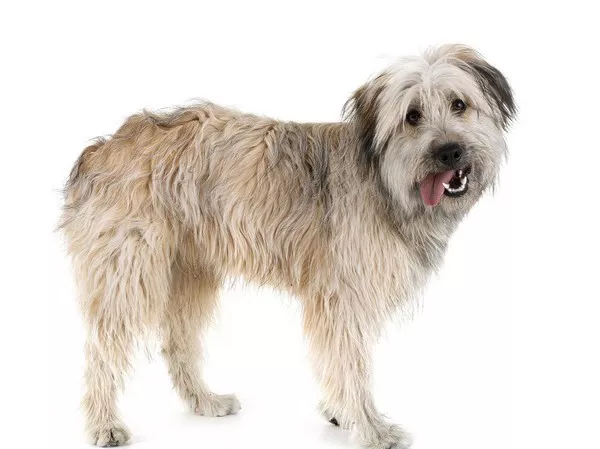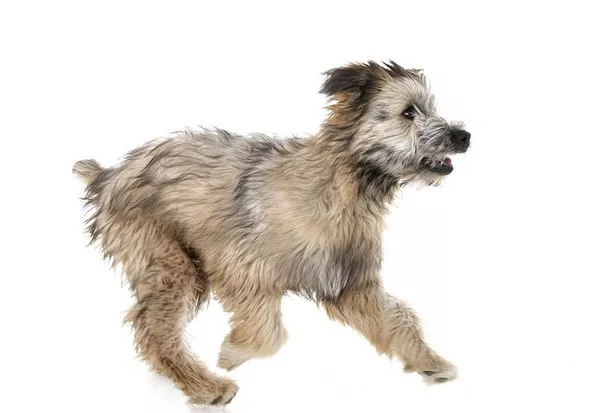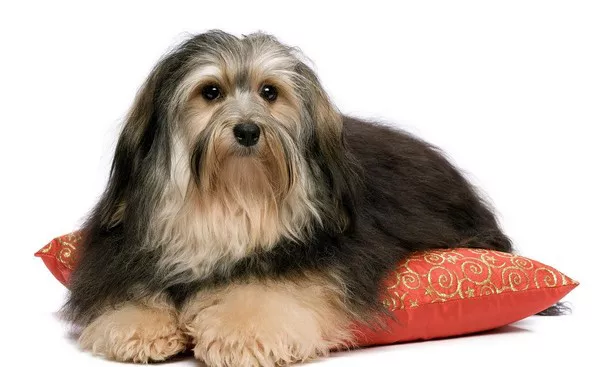The Foxhound is a well-known and respected breed, most often recognized for its outstanding tracking ability, agility, and friendly nature. However, one of the most frequent questions asked by prospective dog owners or breed enthusiasts revolves around the Foxhound’s color. While many dog breeds are recognized for their striking coats or unique fur patterns, the color of the Foxhound plays a key role in its history, purpose, and aesthetic appeal. In this article, we will explore the various color possibilities of the Foxhound, the breed’s historical significance, and how the color contributes to its characteristics and care.
The Origins of the Foxhound
To truly appreciate the color variations of the Foxhound, it’s essential to understand the breed’s history. The Foxhound was originally bred in England to hunt foxes. These dogs were developed through the careful selection of various breeds, including the English Foxhound and other hounds, known for their stamina, speed, and tracking abilities. The primary task of these hounds was to pursue and track foxes, an essential part of fox hunting during the 17th and 18th centuries.
The Foxhound’s coat needed to provide protection while allowing the dog to move freely through dense brush and other harsh environments. The colors of the breed were not just a matter of beauty; they were practical, with certain colors offering better camouflage and protection during hunts. The Foxhound’s ability to adapt to its environment, including its coat, was vital for its role as a hunting dog.
Understanding Foxhound Colors
Foxhounds have a distinctive appearance, characterized by their athletic build and sleek, muscular frame. Their fur coats, while short, are dense and weather-resistant, ensuring that they are ready for any terrain and climate.
The color of the Foxhound is quite variable, and there are a few common patterns seen across the breed. The American Foxhound and the English Foxhound, though closely related, often differ slightly in their coat colors, and their historical purposes and environments influenced the development of these colors.
Foxhounds typically exhibit three primary colors: white, black, and tan. These colors can combine in various ways to produce a wide range of color patterns, which are essential to the breed’s aesthetic appeal and functional requirements.
1. Tricolor Foxhounds
The most common color pattern for the Foxhound is a tricolor coat, made up of a combination of three distinct colors: black, tan, and white. Tricolor Foxhounds typically have a predominantly white coat with black patches on their back, sides, or head, and tan markings on their legs, face, and belly.
The tricolor pattern serves an important purpose in the Foxhound’s original hunting role. The mix of colors helps these dogs blend into their surroundings during hunts, particularly when they are traversing through fields, forests, and brush. The black and tan markings offer excellent contrast against the white background, which helps the hounds stand out to their handlers, especially during hunts in dimly lit or dense forest environments.
2. Bicolor Foxhounds
While tricolor is most common, bicolor Foxhounds are not unusual either. These dogs typically exhibit a combination of black and white or tan and white, though variations can include combinations of tan with white or black with tan.
Black and White: A black-and-white Foxhound will typically have a black body with white on the chest, paws, legs, and sometimes the face. The black coloration is dominant, and the white patches provide contrast that is aesthetically pleasing while still functional.
Tan and White: Some Foxhounds are predominantly tan with areas of white on their chest, legs, and face. This color pattern is most often seen in the English Foxhound, though it is not exclusive to that breed. The tan-and-white Foxhound typically looks very striking, with a gentle, mellow appearance.
Bicolor Foxhounds are somewhat less common than their tricolored counterparts, but their color patterns are still significant, providing a good mix of visibility and camouflage during the hunt.
3. Solid Colors
Although less common, solid-colored Foxhounds can also be found, though they are more often seen in the American Foxhound breed. These hounds may have a completely white or tan coat. While a solid-colored Foxhound may not have the same contrasting visual appeal as a tricolor or bicolor one, solid colors still occur within the breed.
White Foxhound: Some Foxhounds are entirely white. This color, while uncommon, is most often found in working or hunting Foxhounds. The all-white coat is often associated with tracking or search-and-rescue Foxhounds, as they are easy to spot in various environments. However, an entirely white coat can sometimes make them stand out too much in certain situations, especially if they are in densely wooded areas.
Tan Foxhound: Foxhounds with a completely tan coat are relatively rare. However, this color variant does occur, and like the white Foxhounds, they are typically working dogs that are bred for specific purposes, such as hunting or search-and-rescue missions.
The Importance of Foxhound Color in History
As previously mentioned, the color of the Foxhound was not merely a matter of appearance. The breed was initially developed for hunting, and its color patterns had practical purposes. These practicalities continue to be relevant in understanding how the breed’s coat color helped shape its development.
Camouflage and Stealth: In the early days of fox hunting, a Foxhound’s ability to blend into the environment was crucial. A predominantly white coat with darker patches allowed the hounds to remain visible without standing out too much. In dense forests or brush, the contrast of black and tan markings also made them easier for the hunters to spot, even at long distances.
Identification During Hunts: The color pattern also helped hunters distinguish one dog from another in a pack. In a large hunting pack, where multiple dogs would often be working together to track a fox, it was crucial for handlers to identify each Foxhound. The varying color patterns made this task much easier, as different dogs would have unique color combinations.
Breed Differences and Regional Variations: While both the American and English Foxhounds share similar origins, their color patterns can vary slightly. American Foxhounds are more likely to have a mix of tan, black, and white, while English Foxhounds tend to have a greater prevalence of solid colors such as tan and white or black and white.
Foxhound Grooming and Coat Care
Foxhounds, with their short and dense coats, are relatively easy to care for in terms of grooming. However, their coat colors can influence certain aspects of their care. Here are a few key tips:
Shedding: Like most dogs, Foxhounds shed their coats throughout the year, though they may shed more heavily during the change of seasons. Regular brushing helps to keep their fur looking clean and healthy, and it also helps to control shedding.
Sun Exposure: Dogs with lighter-colored coats, such as white Foxhounds, are more susceptible to sunburn, especially around the nose, ears, and other exposed areas. This is something to be mindful of when the dog is outside, especially during the summer months. It’s advisable to keep these dogs in the shade or provide them with sunscreen.
Dirt and Debris: Dark-colored Foxhounds, particularly those with black coats, can sometimes show dirt and debris more easily than lighter-colored dogs. Regular cleaning and checking for ticks or debris after outdoor activities are essential.
Bathing: Foxhounds do not need frequent baths, as their coats naturally resist dirt. However, they should be bathed when necessary, such as after a hunt or when they’ve been exposed to mud or strong odors.
The Foxhound’s Temperament and Color
While the color of the Foxhound may not directly impact its temperament, the breed’s personality traits are just as important to understand. Foxhounds are generally known for their friendly and gentle disposition, making them excellent family pets. They are intelligent, sociable, and energetic, but they also enjoy a good amount of independence due to their hunting background.
Foxhounds are known to be strong-willed and can be quite persistent when they are following a scent, so training them requires patience and consistency. Their friendly and affectionate nature makes them excellent companions, though their energetic and high-maintenance lifestyle means they need an owner who can provide them with plenty of exercise and stimulation.
Conclusion
The Foxhound, whether American or English, is a breed with an impressive history and a beautiful, functional coat. The colors of the Foxhound, ranging from classic tricolor to bicolor and solid colors, not only add to its visual appeal but have practical purposes that contributed to its original role as a hunting dog. The color patterns of the breed helped hunters distinguish between different dogs, allowed the hound to blend into its surroundings, and served as an aid in tracking.
Whether you’re drawn to the sleek black, tan, and white patterns or prefer the solid tan or white Foxhound, one thing is clear: the breed’s coat color is as unique as its personality. Their friendly nature, intelligence, and beauty make the Foxhound a beloved companion for those willing to meet their physical and emotional needs.
No matter what color your Foxhound is, they are sure to bring joy and companionship to your life.
Related Topics:






















